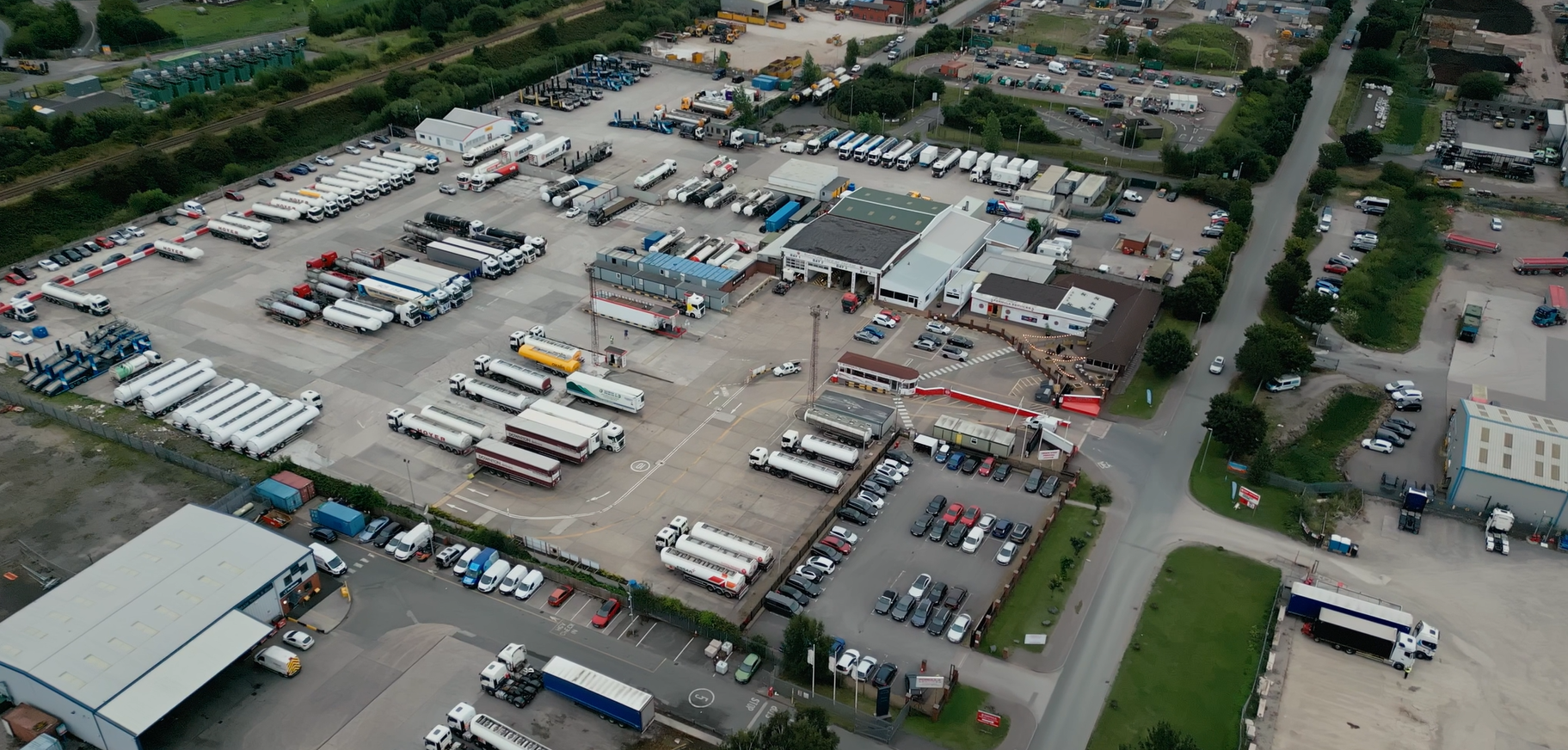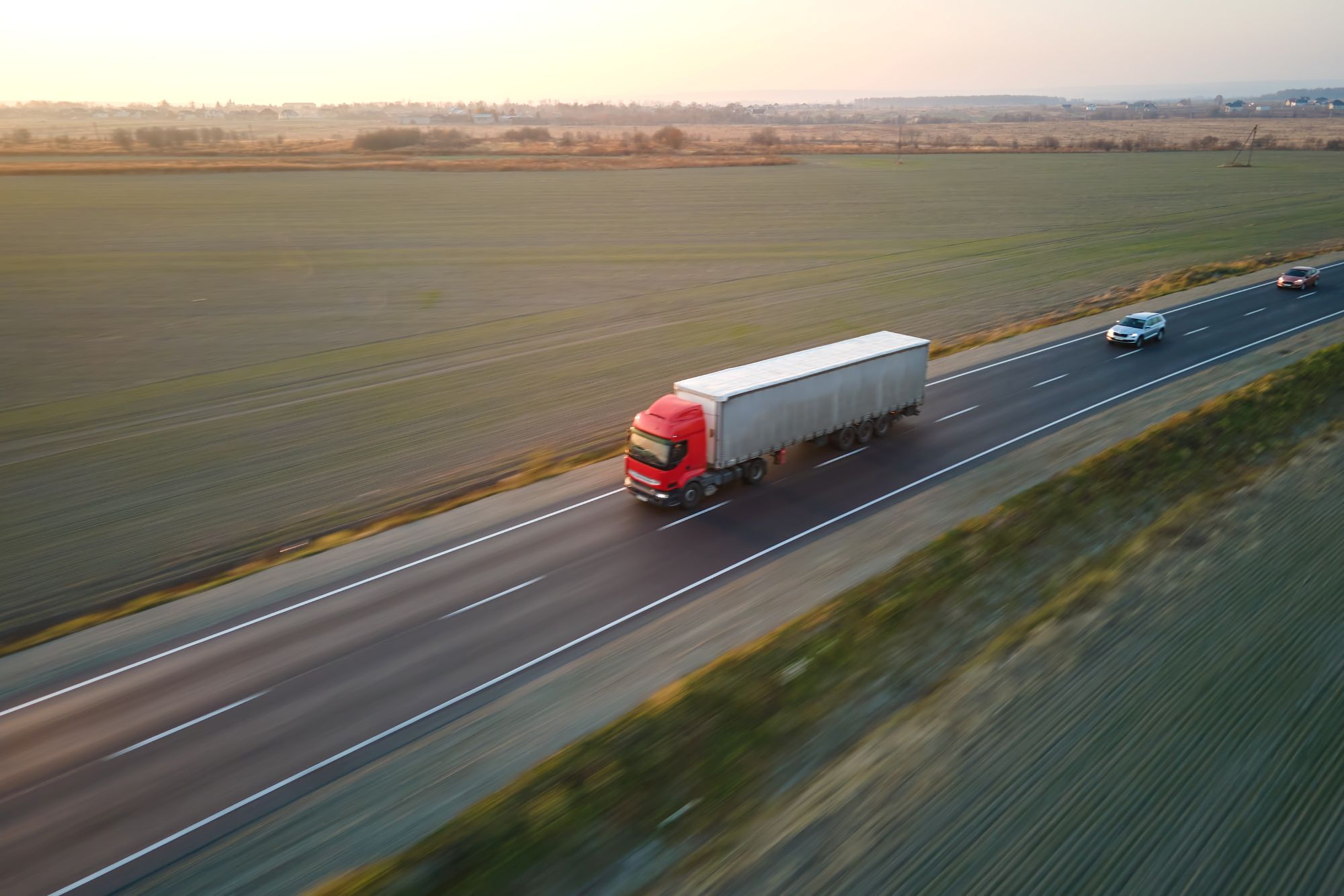
Miranda Blake
Az előttünk álló út 2025-ig: A tehergépkocsi-ipar várható trendjei
Létrehozva: 02. 01. 2025
•
Frissítve: 02. 01. 2025
A járművezetők általános elégedetlenségétől kezdve a közelmúltbeli CPC-változásokon át az [EU beléptető/kiléptető rendszer] (https://snapacc.com/newsroom/everything-you-need-to-know-about-the-eu-entryexit-system/) késedelmeiig 2024 a logisztikai ágazat számára forgószéllel járt. És 2025-re is sok minden van kilátásban - itt megvizsgáljuk az ágazatot várhatóan alakító trendeket.
A mesterséges intelligencia minden előnyét kihasználva
Az automatizálás várhatóan kulcsszerepet fog játszani az előttünk álló évben. Fejlődés várható az autonóm járműtechnológiában, a szállításirányítási rendszerekben és az elektronikus naplózási eszközökben - ami az ágazaton belül nagyobb mértékű elfogadottságot és jelentős változásokat eredményez.
Emellett a mesterséges intelligencia használata az útvonal-optimalizálás, a prediktív karbantartás és a flottakezelés terén is növekedni fog. Ez jobb eredményeket, például jobb működési hatékonyságot és alacsonyabb költségeket fog eredményezni. A tárgyak internete (IoT) és a gépi tanulás különösen értékes lesz, mivel a berendezések meghibásodásának előrejelzésére használják majd, ami csökkenti az állásidőt.
A telematika hasonló módon értékes élő adatokat oszt meg a jármű teljesítményével, a járművezető viselkedésével és a rakomány állapotával kapcsolatban - ami jobb biztonságot és megfelelőséget eredményez.
A nemek közötti szakadék és a járművezetőhiány kezelése
Több női kamionsofőr bevonzása egy módja annak, hogy kezeljük a [járművezetők hiányát] (https://snapacc.com/newsroom/hgv-drivers-challenge-the-term-driver-shortage/). A munkáltatók szélesebb körű szerepköröket biztosíthatnának, olyan képzési programokat és politikákat vezethetnének be, amelyek előnyösek a nők számára, és befogadóbbá tehetnék a munkakörnyezetet. Ez utóbbival kapcsolatban az ötletek között szerepel a mentorálás vagy a teherautósofőrök életéhez jobban illeszkedő munkarend (például nappali műszakok és körkörös útvonalak biztosítása a családi kötelezettségekkel rendelkezők támogatása érdekében).
A [SNAP Facebook-oldalán] (https://www.facebook.com/snapaccount) folytatott vita azonban azt mutatta, hogy mind a férfi, mind a női járművezetőknek változásra van szükségük. Míg néhányan rámutattak, hogy bizonyos dolgok jobbak is lehetnének a nők számára (például valaki megjegyezte, hogy a depók 90%-ában nincsenek higiéniai tárolók), sok megjegyzés érkezett az általános munkavállalói csomaggal és a kamionparkolók kényelmi szolgáltatásaival kapcsolatban:
"A férfiaknak jobb támogatásra van szükségük a gyermekgondozáshoz. Ha így lenne, akkor nem terhelnék a nőkre, hogy a gyermekeik betegsége vagy prioritásai miatt a munkaerőt "elszívják". A létesítmények mindkét nem számára megdöbbentőek. "
*"Javítsa a feltételeket és a létesítményeket MINDEN járművezető számára, és több ember fog az ágazatba jönni, férfiak és nők egyaránt."
Ezért a vállalatoknak meg kell vizsgálniuk, hogyan tudják a teljes munkaerőt elcsábítani és megtartani. Jobb javadalmazást, jobb munkakörülményeket és fejlődési lehetőségeket kínálhatnak. Hasonlóképpen, képzést is megvalósíthatnak, hogy biztosítsák, hogy az emberek rendelkeznek a megfelelő képességekkel - most és a jövőben.

A zöldebb ipar előmozdítása
Egy másik fő fókuszpont a fenntarthatóság lesz - különösen az egyre szigorúbb környezetvédelmi törvények, a nettó nullára való áttérés és az égbe szökő üzemanyagárak miatt.
Az alternatív üzemanyaggal működő járművek 2024-ben nem feleltek meg a várakozásoknak, így várhatóan, bár az innováció ezen a területen továbbra is megtörténik, inkább arra fogunk összpontosítani, hogy a flották hogyan növelhetik a működési hatékonyságot (például a technológia, az adatok és a mesterséges intelligencia felhasználásával a pazarlás csökkentése érdekében). A vállalatok a környezetbarátabb beszállítókkal és fuvarozókkal való együttműködés révén zöldebb ellátási láncok kiépítésére is törekednek majd.
Hasonlóképpen, az elektromos teherautókra való áttérés is egyre inkább terjed - idén egyre több elektromos töltőpont lesz a teherautó-parkolókban. A flottatársaságok azonban olyan akadályokkal szembesülnek, mint a jelentős kezdeti költségek és a töltőinfrastruktúra elégtelen volta.
Növekvő távolsági árufuvarozás
Végül pedig a légi és tengeri árufuvarozás várhatóan megugrik, ami a teherautó-ágazatra is hatással lesz. Ezt csak fokozza, hogy a globális ellátási láncok egyre inkább összekapcsolódnak.
Ennek eredményeképpen a távolsági fuvarozás növekedni fog, ami még fontosabbá teszi, hogy a járművezetők megfelelő szüneteket tartsanak biztonságos teherautó-megállókban. És ebben segíthet a SNAP.
Az intruck alkalmazásunk több mint 800 oldal áll rendelkezésre Európa-szerte, többek között Ausztriában, Bulgáriában, Csehországban, Görögországban, Magyarországon, Olaszországban és Romániában. Segítünk egyszerűvé tenni a flottakezelést, és biztosítjuk, hogy mind az üzemeltetők, mind a teherautósofőrök be tudják tartani a járművezetők munkaidejéről szóló irányelvet 2025-ben és azon túl.
Ha többet szeretne megtudni, lépjen kapcsolatba csapatunkkal a +44 (0)1603 777242-es telefonszámon.



